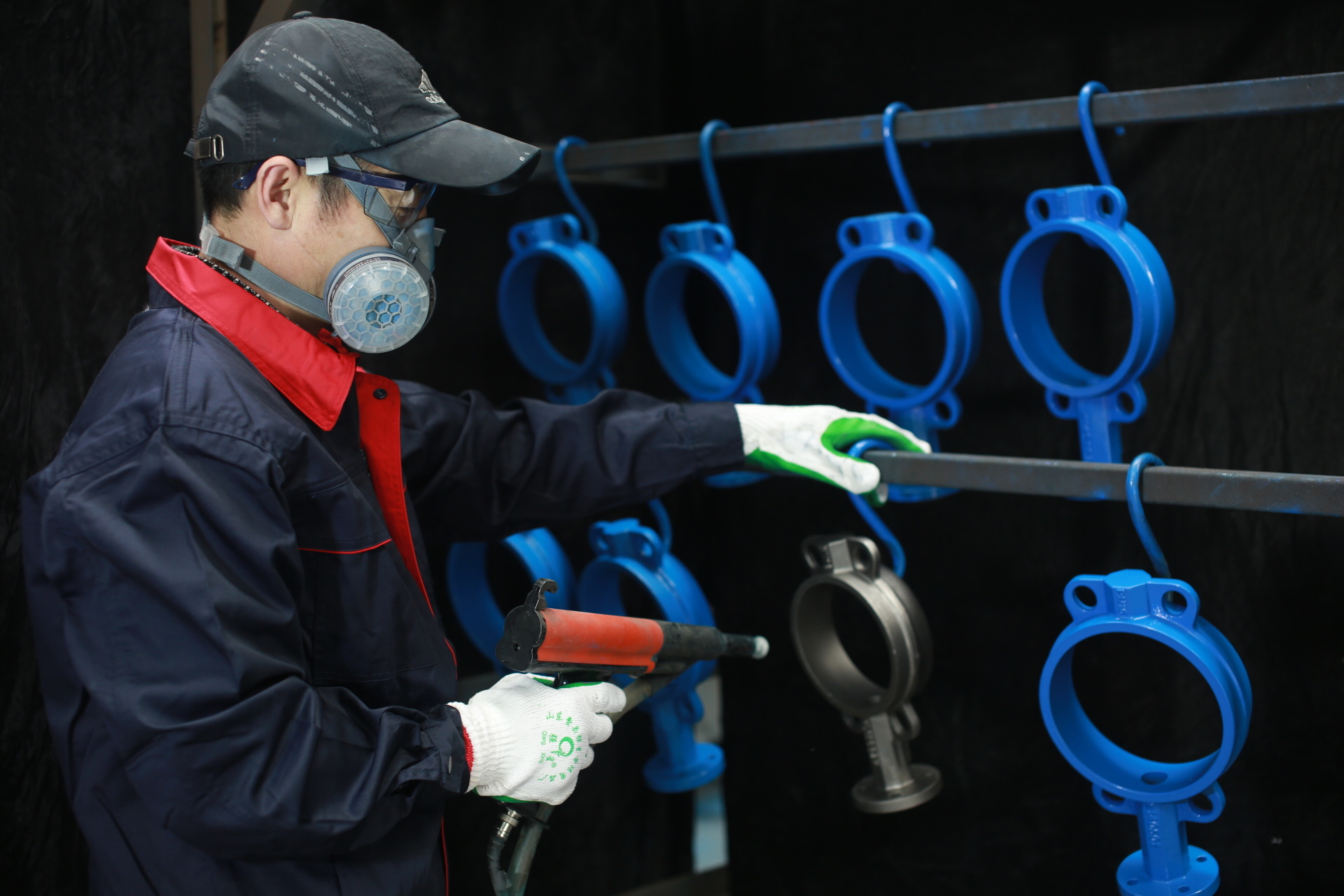Reasons for the popularity of self-operated regulating valves
Release time:
2024-10-30 15:21
Self-operated regulating valve Self-operated regulating valve uses the feedback signal (pressure, pressure difference, temperature) at the output end of the valve to be transmitted to the actuator through the signal pipe to drive the valve flap to change the opening of the valve and reach the intention of adjusting the pressure, flow and temperature.

The self-operated regulating valve has three structures: single seat (ZZYP), sleeve (ZZYM) and double seat (ZZYN). The actuator has two types: membrane type and piston type. The effect type includes pressure adjustment after the pressure relief valve (type B) and pressure adjustment before the pressure relief valve (type K). The nominal pressure grades of the products are PN1.6, 4.0 and 6.4. The diameter scale of the valve body is DN15 ~ 250; The leakage level is Class II, Class IV and Class VI. The flow characteristic is fast opening. The pressure is adjusted in sections from 15 to 2500Kpa. Can be combined according to demand to meet the requirements of the user's operating conditions.
Self-regulating valve without additional power, can work in the place without electricity and gas, both convenient and save power. The pressure segments are fine and cross each other, with high regulation. The pressure set point can be set successively during operation. After the valve pressure adjustment, the ratio of the pressure before the valve to the pressure after the valve can be 10:1~10:8. Rubber diaphragm type detection, high measurement of the actuator, active action. The pressure balance mechanism is selected to make the control valve active and precise.
2022-12-19
COOKIES
Our website uses cookies and similar technologies to personalize the advertising shown to you and to help you get the best experience on our website. For more information, see our Privacy & Cookie Policy
COOKIES
Our website uses cookies and similar technologies to personalize the advertising shown to you and to help you get the best experience on our website. For more information, see our Privacy & Cookie Policy
These cookies are necessary for basic functions such as payment. Standard cookies cannot be turned off and do not store any of your information.
These cookies collect information, such as how many people are using our site or which pages are popular, to help us improve the customer experience. Turning these cookies off will mean we can't collect information to improve your experience.
These cookies enable the website to provide enhanced functionality and personalization. They may be set by us or by third-party providers whose services we have added to our pages. If you do not allow these cookies, some or all of these services may not function properly.
These cookies help us understand what you are interested in so that we can show you relevant advertising on other websites. Turning these cookies off will mean we are unable to show you any personalized advertising.
Wuhan Weituo Fluid Control Equipment Co., Ltd
Address: 1706, Building D, Wuhan Living Room, No.8 Hongtu Avenue, Dongxihu District, Wuhan City
Telephone:0086-18942929031 0086-18571829295
Landline:0086-027-83612831
Fax: 0086-027-83612830
E-mail:watosong@watovalve.com
Website:www.watovalve.com







